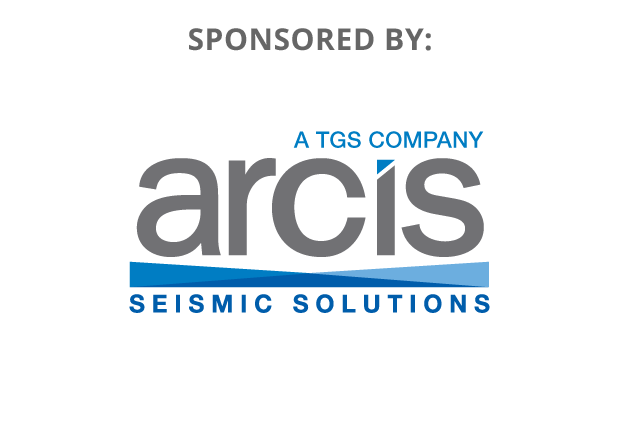Abstract
Fault surfaces are an important aspect of subsurface geology that we can extract from 3D seismic images. Estimates of fault slips are important as well, as they enable correlation across faults of subsurface properties. Moreover, with estimated fault slips, we can undo faulting apparent in 3D seismic images. After unfaulting, seismic reflections should be more continuous across faults, and this increased continuity facilitates unfolding of 3D seismic images so that reflectors are horizontal. The composite process of unfaulting and unfolding is equivalent to the construction of an entire 3D volume of chronostratigraphic horizons.
Although all of this image processing can be performed automatically, limitations inherit in seismic imaging and computing systems suggest that human interaction will continue to be desirable. But this interaction can be enhanced. For example, instead of picking or tracking horizons one at a time, we might interactively select scattered sets of points in a 3D seismic image that correspond to multiple horizons, while automatically updating a complete 3D horizon volume to honor those interpreted constraints.
This semi-automatic 3D interpretation of faults and horizons overcomes a fundamental limitation of the human visual system, that we can see simultaneously only a few 2D seismic sections and horizon surfaces. Computer programs do not suffer from this limitation. A 3D image is stored and manipulated in computer memory much like a 2D image. So as we interactively select points on 2D sections, our software can update consistently a complete 3D interpretation.
Another advantage of semi-automatic 3D interpretation is that our software may be less biased than we are. In geophysical exploration, we often see what we expect to see, and are simply trying to determine where it is or how it has changed. But we can be surprised, especially when using software that does not share our expectations. For example, the software that I developed to extract fault surfaces from 3D seismic images one day surprised me by creating surfaces that have conical shapes. Although conical faults were unexpected (by me) and seem to be rare, they are clearly apparent in 3D seismic images displayed in cylindrical coordinates; and they raise interesting geologic questions that we might never have asked, had we required faults to have more familiar shapes.
Biography
Dave Hale received a BS in physics from Texas A&M University in 1977 and a PhD in geophysics from Stanford University in 1983. He has worked as a field seismologist and research geophysicist for Western Geophysical, as a senior research geophysicist for Chevron, as an associate professor at the Colorado School of Mines, as a chief geophysicist and software developer for Advance Geophysical, and as a senior research fellow for Landmark Graphics. In 2005, he returned to Mines as the C.H. Green Professor of Exploration Geophysics, and now teaches geophysics and computer science and hangs out with the Mines swimming and diving team.
Dave received the Virgil Kauffman Gold Medal from the Society of Exploration Geophysics for his work on dip-moveout processing of seismic data. He also received SEG's awards for Best Paper in GEOPHYSICS in 1992 (imaging salt with seismic turning waves) and Best Paper Presented at the Annual Meeting in 2002 (atomic meshing of seismic images). He taught SEG’s first course in dip-moveout processing as part of the Continuing Education program, and was editor of DMO Processing, volume 16 of the SEG Geophysics reprint series.






